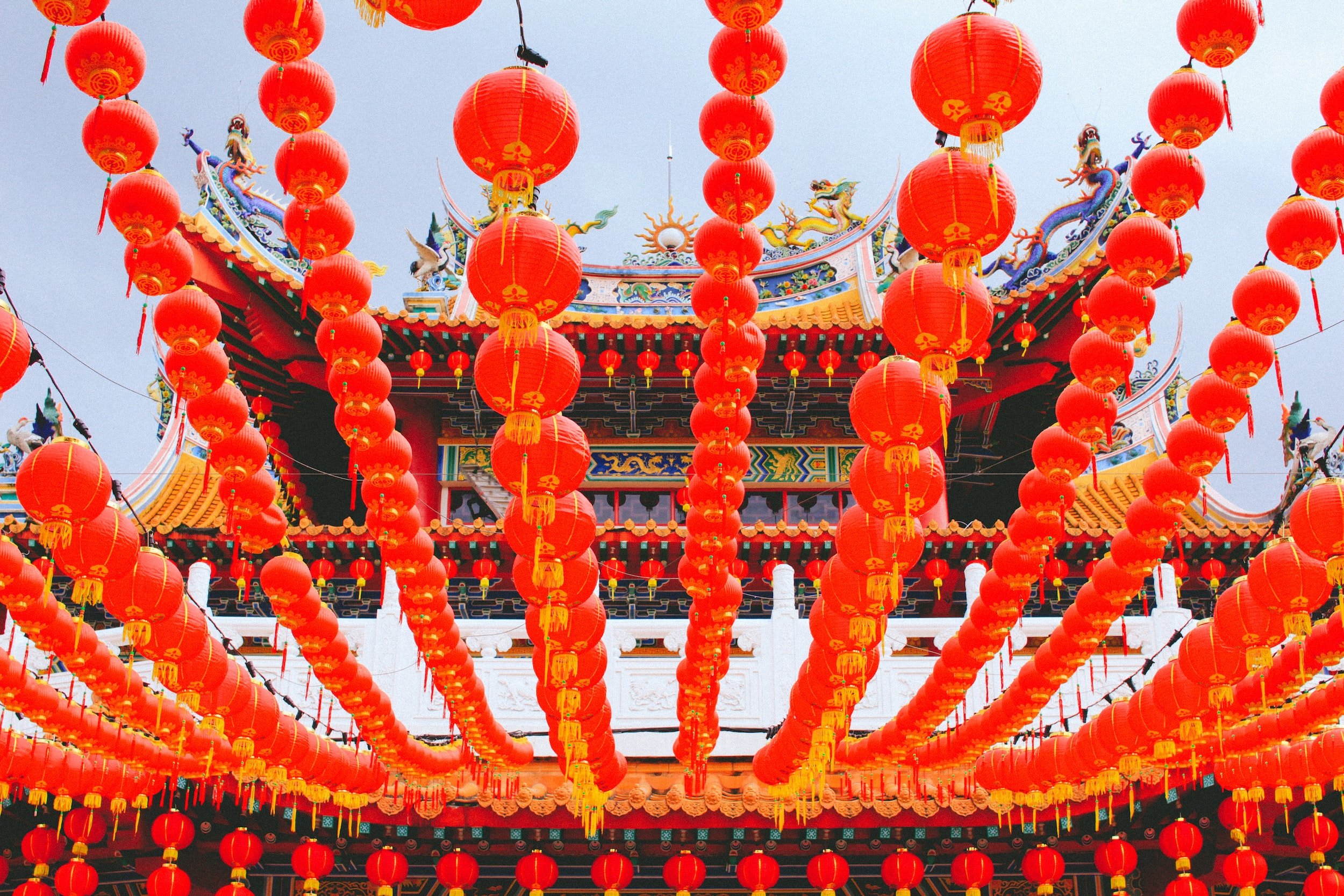
Editor’s note: Within the next century and likely much sooner than that, the Chinese church is likely to set the agenda for how Christians talk, think, and practice theology and faith. How Chinese Christians approach leadership and leaders will impact the rest of global Christianity. In this interview, a Chinese ministry veteran shares how the Chinese church is developing leaders, and how their theological focus on the reality of the resurrected and ascended Christ impacts the way they interact with the world.
China Partnership: What is the state of leadership in the Chinese house church right now?
Muxi Zhang: Even under persecution, leadership is one of the keys for church growth and kingdom advancement. If we look at Exodus, one of the major themes is leadership. In a family, a tribe, or a nation, the leadership and the community are almost inseparable. Church growth and leadership maturity are tied to one other.
>
”“This group of leaders…has the chance to plant a seed in modern-day China.”
In the 1930s, significant local leadership was raised up in China. That generation, people like Wang Mingdao, became house church leaders. Their churches sustained the house church movement after the Communist Party came to power, while the churches of liberal leaders are almost gone.
In the past twenty years, a lot of churches are newer, urban churches. These are not traditional house churches directly planted by or expanded from the house church movement of the 1950s and 60s. Instead, these churches were started by missionaries from South Korea, from North America, or from Europe. This group of leaders is different because they have the chance to plant a seed in modern-day China.
Never miss a story
One or two hundred years ago in China, there was not the platform of universities, where the gospel could be seeded among young, educated intellectuals. Instead, you had to start in rural areas, or among very anti-Christian intellectuals. Now the landscape has changed significantly. In this current era, students have admired Western technology and culture. These well-educated students started to reflect on many questions. The older generation was driven by faith, seeking to find out what true Christianity is. This generation wrestles with a lot of things, including what it means for Christians to be in the public forum, and how to share and express their faith. In the old house church movement, there was a different narrative, one of how to survive under persecution. This generation is asking if church is only a place to spread the gospel, where people come to faith and worship together—or if the church has a unique, collective identity. Is church a place for people to come and worship on Sunday? Or is the church a community that has eternal significance, and because of that eternal significance, also earthly significance? That is the public theology leaders are considering.
This current persecution is a chance for churches and leaders to wrestle with these questions, especially when they turn to the eschatology of the New Testament. For the past three to five years, many churches have been wrestling through this gospel theology. They are not only thinking about the eschatology of when Christ returns, but about his resurrection and ascension, and what it means to reign with Christ. The Spirit has descended and is reigning now. Churches and leaders are wrestling with this framework.
>
”“On one side, leaders are maturing in their personal lives and learning how to live in and by the gospel, by faith. On the other side, they are thinking about what the ascension means for the church and how the church relates with society.”
On one side, leaders are maturing in their personal lives and learning how to live in and by the gospel, by faith. On the other side, they are thinking about what the ascension means for the church and how the church relates with society. All of these things are developing, maturing, and moving very quickly. Leaders are growing personally, as well as becoming collectively self-aware as leaders and churches.
CP: How are leaders emerging in the current Chinese environment? You mentioned the urbanization of the Chinese house church and young, college-educated leaders…how are leaders are chosen?
Zhang: I am sharing my limited view. So far as I can see, a large number of people are still coming to faith through college ministry. But the quality of these converts is not high, because they need years of follow-up to grow. The other way people come to faith is through relatives and friends on their relationship path. People are changed as they are relationally brought into the church. A large part of their growth comes from seeing the beauty of the life of role models.
If I reflect on how many pastors and church staff came and desired to do ministry work, it is because they saw the faith and the life of leaders who were their role models. The life of leaders is very important in attracting people to desire to give their life.
Christians become Christ-followers, and then emerge into leaders. Many do this by participating in a lot of Sunday school trainings. Another way is, at marriage retreats or gospel living workshops, leaders intentionally select people to lead small groups or to become co-workers alongside them. Those are current things I’m seeing.
CP: How do you train leaders elders, pastors, and small group leaders in their daily walks with Christ? I’m curious about the bigger picture of leadership on a theological, global stage as well.
Zhang: Actually, these are the same thing.
>
”“Before Stephen died, he saw Jesus standing at the right hand of the Lord as king. Stephen was at that moment on trial before the council of Jerusalem, the highest worldly authority. But meanwhile, there was another reality…We deeply desire a life that is led by this power to lead the church. Only by this power can we face persecution and be willing to give our life for Christ. The reality of God’s reign and Christ as the true and real king controls you so you can live here, now. Both the visible and the invisible kingdom are real, but only Christ’s kingdom is eternal.”
We have a leadership group with nearly twenty pastors who have the equivalent of a masters of divinity. God has raised up many pastors or leaders of this kind in this past ten years. We think about what we can do to serve them and help them operate on another level, about the kind of biblical, global leadership Chinese churches need. Some of these people will emerge into regional or national leaders.
What are the most important characteristics of these leaders? We have done a lot of thinking and praying about what controls us, and we see a lack. As we talk about leaders, we return to the early church model in Acts. We have been praying about how we can have the energy and life-giving, self-giving power of the early church. Based on biblical study, we believe that the most important thing for leaders is daily living in the reality of the resurrection. That was the power of the early church. The resurrection was so real to them; God raised Christ from the dead, that is a historical fact. But resurrection also means ascension. Resurrection means Christ has been crowned as king at the seat of David, and now he is reigning. Ascension is not just one event and then it stops. Christ is reigning in heaven now, and that reign made Pentecost possible, when he sent the Spirit down and poured the Spirit into the church. Resurrection and ascension are two dimensions of the same thing.
How can we, the church leaders, daily and faithfully live in the reality of resurrection and ascension? By prayer; by our walk with Christ; by our dependency. We must be always wondering what the Lord is going to do through us and in us. That story mentality is what the first church possessed; the power of the Spirit and the gospel moved out from those early church leaders. The story of Stephen is one example of this. The climax of the early Jerusalem church was how they were captivated by the reign of Jesus in heaven. Before Stephen died, he saw Jesus standing at the right hand of the Lord as king. Stephen was at that moment on trial before the council of Jerusalem, the highest worldly authority. But meanwhile, there was another reality. This vision of Jesus ascended, reigning, and continuously praying for them was so real. We deeply desire a life that is led by this power to lead the church. Only by this power can we face persecution and be willing to give our life for Christ. We cannot do this for some heroic personal fantasy or desire; we must be as Stephen, humbly serving the Lord. That is something we want to build in these leaders. The reality of God’s reign and Christ as the true and real king controls you so you can live here, now. Both the visible and the invisible kingdom are real, but only Christ’s kingdom is eternal.
Muxi Zhang is a pseudonym for a China ministry veteran who has in-depth and extensive ministry experience.
FOR PRAYER AND REFLECTION
Pray for Chinese church leaders to live in the reality of Christ’s resurrection and ascension, and for the truth of that eternal kingdom to change the way they live in this temporal one.


































